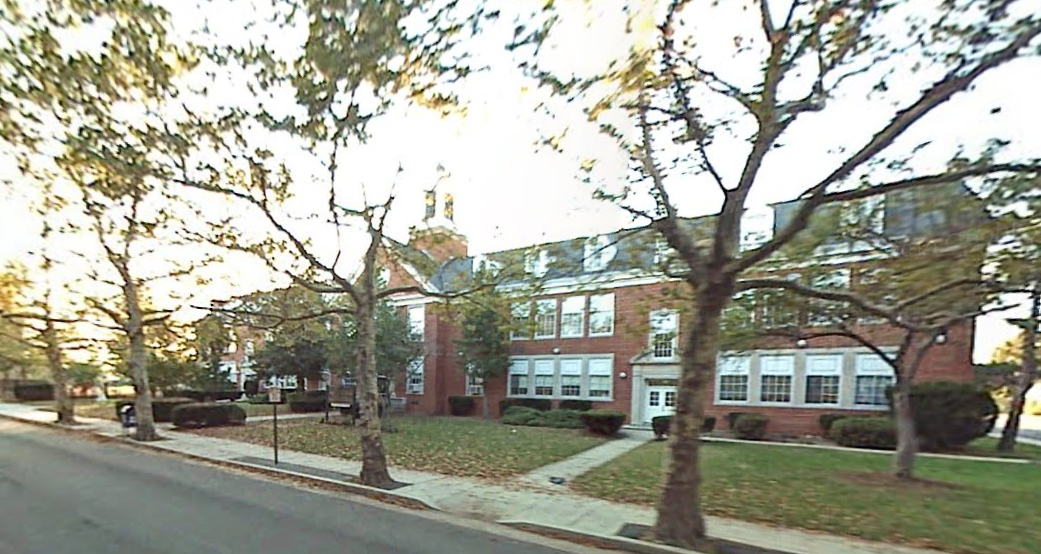By Kristy O’Connell
The New Hyde Park-Garden City Park school district has met two of its three special education goals and is working to achieve the third, administrators said Monday.
The district is meeting the New York State standard for giving special education students time in regular classrooms and has hired a part-time psychologist, but is still improving its allocation of special-education aides in certain classes, Kim Levy, the director of special education services, told the school board.
Some 62 percent of special education students in the district were “mainstreamed,” or placed in regular classes, for 80 percent of the school day in October, above the state’s benchmark of 60 percent, Levy said.
The goal follows the New York State push for public schools to provide the “least restrictive environment” for those in need of special education, Levy said.
Regular general education classes are considered the least restrictive setting, she said, but the district provides services such as speech therapy, occupational therapy and other resources for students who need them.
The district is also working to change the number of aides in special-area classes, such as art, so that each aide has fewer students to oversee, which would create a more effective learning environment, Levy said.
The district is also providing training workshops as the schools work toward a more inclusive learning environment, district Superintendent Robert Katulak said.
Workshops are set to assist teachers in understanding how to best collaborate and strategize in classrooms shared with special-education teachers, Katulak said.
Also on Monday, Katulak encouraged attendees and members of the board to write to their elected officials regarding the need for educational funding and services in Nassau County.
The county has seen two very significant changes in recent years, Katulak said: an increase in the amount of students who are learning English as a new language and a 55 percent increase in the number of students who are living below the poverty level.
The result is a shortage of staffing, an increase in expenses and a need for additional services for the students that are not accompanied by matching funding from the state, Katulak said.
Nassau County pays 17 percent of the taxes but only gets 12 percent of services in return, he said.
“We need our entire community’s help to get the message across to the new leadership in Washington, D.C., that education should never be a one-size-fits-all model,” Katulak said.



